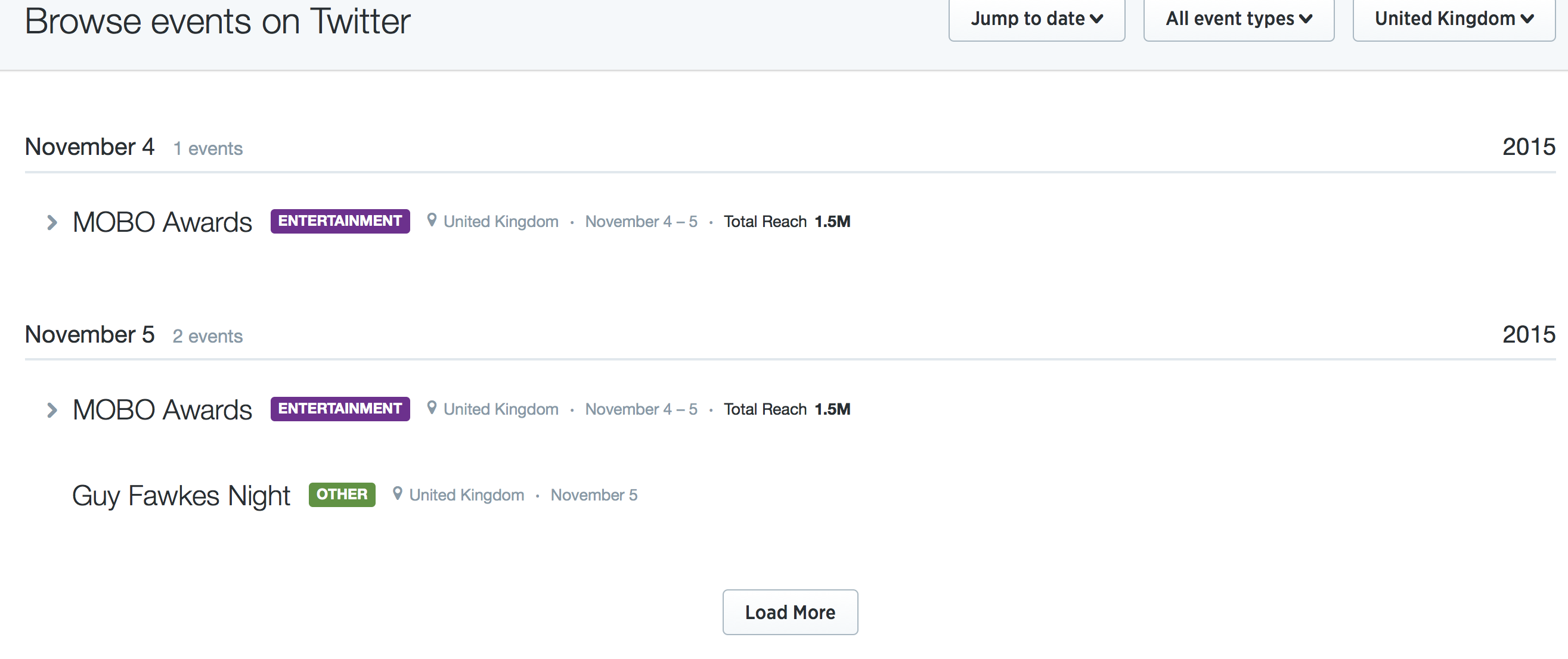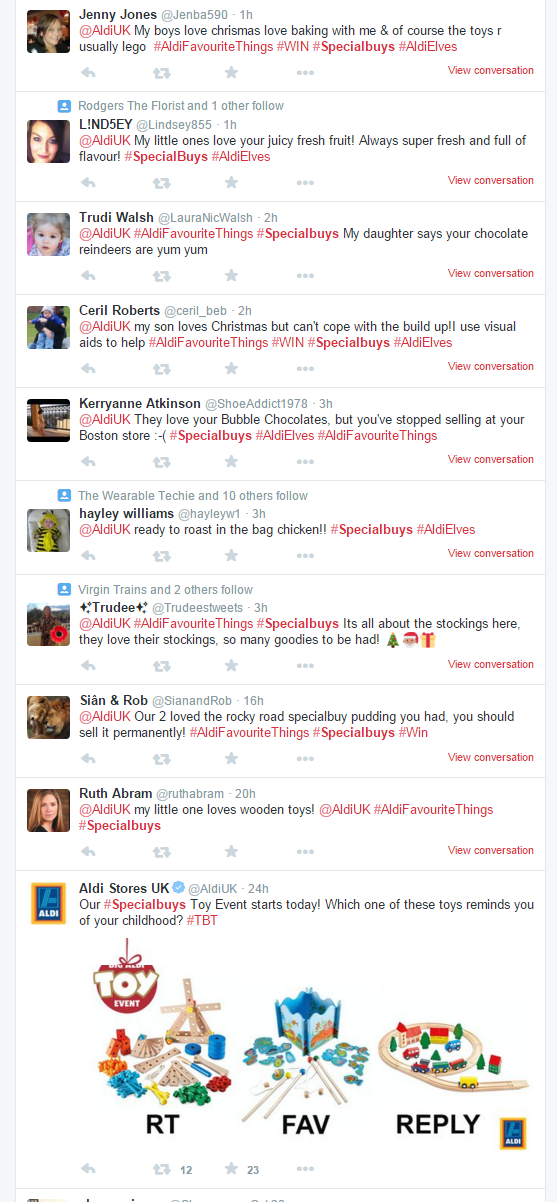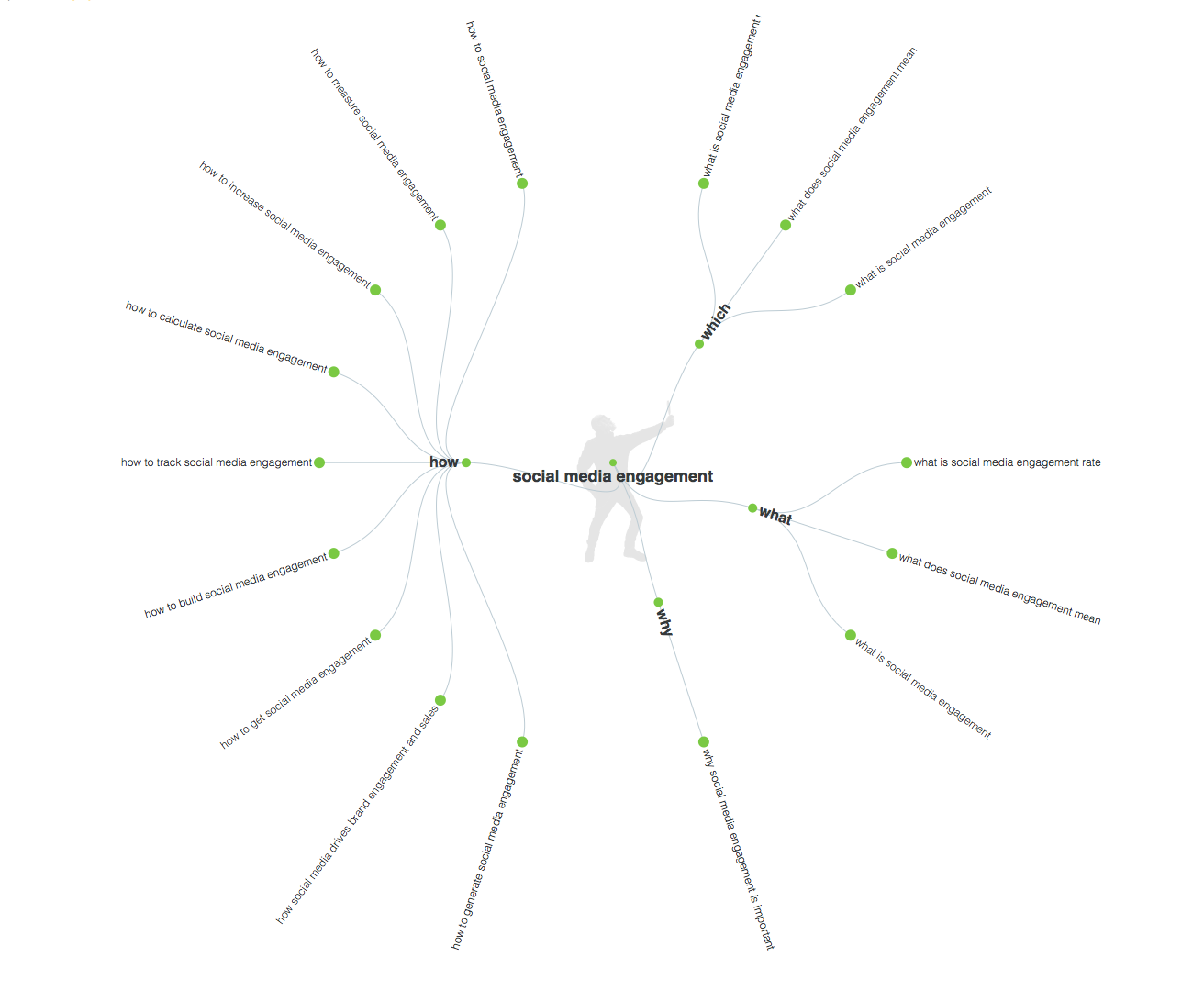For any business using social media channels, it is important to know what makes your target market tick and to think about how you are going to engage with them.
I have recently completed the Search and Social Media Marketing course at Salford University which has given me more of an insight into digital marketing and some psychology behind the thought process of users on social media.
According to Jonah Berger, there are six STEPPS to creating successful content that is more likely to trigger people to share or engage with your content on social media.
These six STEPPS can help you to inform your social media strategy. Not all aspects are essential but if all are present it can help your social media content to be that bit more engaging for your target audience:
1. Social Currency
Sharable information is information which holds social currency, as this is what makes us look good to those around us. Firstly, it is important to make sure you understand what your target market are interested in. It is important to ask yourself would I share this on my news feed or publicly engage with this post? If not then it is likely that your target market won’t want to either, people don’t like sharing anything that might make them look ‘uncool’ in the eyes of their network.
For example, tools such as analytics.twitter.com offer some suggestions on what is “Current” and if it could help you to develop engaging content – see an example of suggestions:
2. Triggers
When you are sharing information on social media, it is important to think about what will connect the audience to the story/post. The external triggers such as the name of the day, “Sale ends on Sunday” etc can remind your audience subconsciously about the content you are creating.
The example, the following “Friday” song is particularly popular on Fridays. Does your message contain links to triggers which could remind your audience to re-visit your site?
The New York Times Consumer Insight Group discovered that 49% of people say sharing allows them to inform others of products they care about and potentially change opinions. It is important to build your brand as people share brands they trust. Good reviews, content and followers are ways in which brands can do this.
3. Emotion
Basically, emotional content is more likely to be shared. This could mean something that makes you happy, angry or laugh. Obviously as a brand you don’t want to be making anyone angry but that doesn’t mean to say that you should just continually post about your products or services either.
Here is an example how Always managed to engage their audience using emotion:
https://www.youtube.com/watch?v=XjJQBjWYDTs
4. Public
As Berger refers to it, the public component of a successful, shareable content means that it’s
“built to show, built to grow”.
Social media campaigns are a great way to broadcast your content to the masses, the more people who see the content means the more people who will engage with it.
Aldi is one example of a brand who have created a hashtag around their products and successfully get people to engage with it, which is also creating positive product testimonials for the public to see.
5. Practical value
Is your content providing any practical value? If you are writing content that aims to help someone find the answer to what they are searching for, such as a Q&A blog, then people will share this to also help others find helpful information on that topic.
Have a look at a tool such as answerthepublic.com which offers some ideas in terms of questions that people ask that need answers and your brand can help. Here is an example around the topic of Social Media Engagement
6. Story
Berger goes into our cultural history of storytelling and how good stories get passed down through generations. Every successful brand tells a story, this means telling your audience who you are and what you are about.
One good example of a brand that tells a story is Dolmio.
The cartoon Italian family in the advert makes the brand appear as though it is an authentic Italian brand that has been passed down through the generations. In reality, Dolmio is actually an Australian brand that has since expanded, showing that the power of storytelling can totally change your audience’s perceptions.
Do these social media engagement steps work for you?
If your social media content takes into consideration the STEPPS mentioned above then it’s more likely that you’re on the way to creating a successful campaign that will help you engage with your target market and increase brand awareness!
I’m always interested in keeping up to date with what’s going on in the marketing world, connect with me on LinkedIn.
Thanks for reading, and it would be great to see your comments below – do let me know if these STEPPS work for you.
Tags: social media, social media engagement, social media for beginners, social media marketing
Posted in social media





